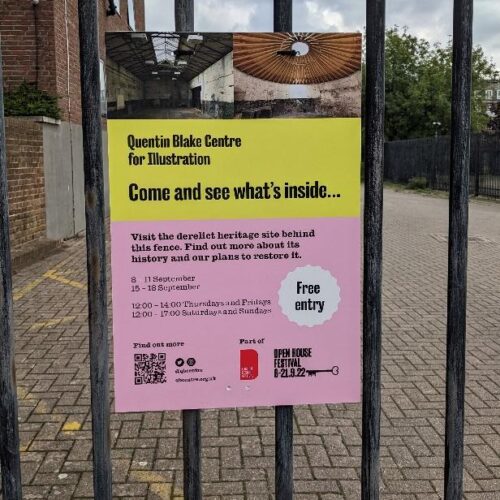
Being inspired
 Some years ago I was invited to sit on a panel at the Australian International Documentary Conference (AIDC) then being held in Adelaide. I had been making a number of anthropological documentary series in the former USSR, the UK and Israel and was in the thick of a European project working with young film makers throughout the EU. The films had or were all being shot on consumer Hi8 and DV cameras. It was very natural for me to work with the latest in handycam and consumer digital technology because the equipment was cheap to buy, easily modified to improve the sound-recording abilities of the cameras and footage could be edited in professional editing suites using Avid or Final Cut Pro. Video tape was also very cheap which meant we were able to follow stories over a long period and shoot at very high rations. It was not uncommon to be working at a 200 to one. So a thirty-minute TV documentary might have had as much as 100 hours of material from which we edited the programme.
Some years ago I was invited to sit on a panel at the Australian International Documentary Conference (AIDC) then being held in Adelaide. I had been making a number of anthropological documentary series in the former USSR, the UK and Israel and was in the thick of a European project working with young film makers throughout the EU. The films had or were all being shot on consumer Hi8 and DV cameras. It was very natural for me to work with the latest in handycam and consumer digital technology because the equipment was cheap to buy, easily modified to improve the sound-recording abilities of the cameras and footage could be edited in professional editing suites using Avid or Final Cut Pro. Video tape was also very cheap which meant we were able to follow stories over a long period and shoot at very high rations. It was not uncommon to be working at a 200 to one. So a thirty-minute TV documentary might have had as much as 100 hours of material from which we edited the programme.
This period in my professional life was another stage in a progression that began when I was at film school in the early seventies. The previous decade had seen a revolution in the way films generally but especially documentaries could be shot thanks to two major developments. Firstly the invention of crystal sync which meant the camera and the sound recorder could, for the first time operate independently and the material remain synchronised and secondly, the development of small hand-held and silent film-cameras and highly portable tape recorders. Although the technological developments were primarily happening in Europe, it was American film-makers who embraced the opportunities of miniaturisation and portability to make some of the greatest observational narrative documentaries in the history of film.
My heroes when I was a student were the Maysles brothers. David was a sound-recordist and Albert was the director and cameraman in a team that I have spent much of my professional life attempting to emulate both when working as a sound recordist myself and later as a producer. It was Albert’s film, Gimme Shelter (1970), which followed the Rolling Stones on tour in the USA, which sparked my love of documentary. The brothers were among the first to embrace the style of direct cinema in such classic and seminal documentaries as Primary (1960), Salesman (1968) and Grey Gardens (1976), leaving an indelible mark on the medium and serving to influence myriad filmmakers after them including myself. Their film about the Beatles, What’s Happening! The Beatles in the USA (1964) remains for me, the best film ever made about the group and the benchmark by which all other films about popular musical icons can be judged. Albert’s approach was to simply observe, without commentary and to follow the actions wherever it took his camera. In a sense, the camera was an extension of his right arm.
On that trip to Adelaide I found myself not only in the company of my hero for the first time, but on the same panel. I felt myself in the presence of a super star of the documentary form. It was a dream come true to be able to meet him and to discuss the evolution of ways of making documentaries. My abiding memory of him was of a silver-haired, elderly gentleman with a twinkle in his eye and a little consumer DV camera in his hand – a permanent fixture – forever filming what was happening around him. He never tired of making films and just days after his latest project was selected as part of the 2015 Tribeca Film Festival’s world documentary features competition and on the eve of the re-release of the iconic Grey Gardens, Albert Maysles died on March 5 aged 88. His like will never be seen again I fear, but he was an inspiration for me and his oeuvre is timeless and essential viewing.
Who are your inspirations?





